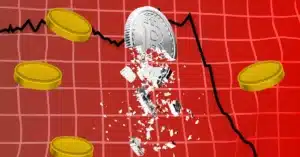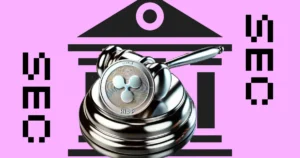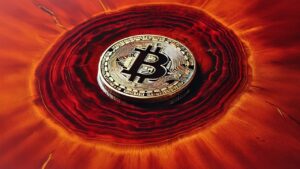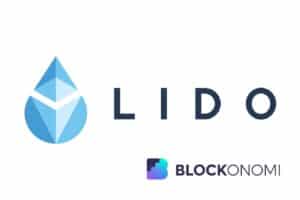Here’s how the DeFi market will look after the collapse of Terra

The Terra ecosystem had about 15% of the DeFi market share before it collapsed last month. According to DeFillama, this makes it the second largest hub for all decentralized finance. But where will the investors flee after the $40 billion network collapses? While Terra was still alive and running on May 6th, Ethereum had 55% of all DeFi activity, BNB Chain 6%, Avalanche 4%, Solana 3%, Phantom 2%, and Tron 2%.
Those data now look very different. The top winners were Ethereum, which now has a 61 percent market share, BNB, which now has a 7.6 percent market share, and Tron, which now has about a 6 percent market share. The less popular Harmony currently has a 5.2 percent market share.
Surprisingly, the Phantom and Avalanche lost some market share during this period, while the Solana remained stable at 3%. Projects like Arakis Finance (a liquidity management protocol), Iron Bank (a peer-to-peer lending platform) and Euler on Ethereum (another lending platform) have contributed significantly to injecting new money into DeFi.
Projects like pNetwork (validator network), Wombat exchange (Curve-like decentralized exchange) and TokensFarm (stakeholder) have done well on BNB Chain in the past month.
TRON won
Although Tron claims to have doubled its market share since Terra's demise, it did so with the same product as Terra UST:USDD.
USDD is a new algorithmic stable coin that works similarly to Terra UST's mint-and-burn process. Tron DAO is currently buying Bitcoin, Tron and USDT as collateral. As a result, it is a strange combination of several methods.
While stablecoins are Defy's bread and butter, consumers seem to be flocking to USDD for higher returns than for the decentralized currency's virtues. Tron, for example, promises some huge double-digit payouts on certain different platforms on its USD website.













